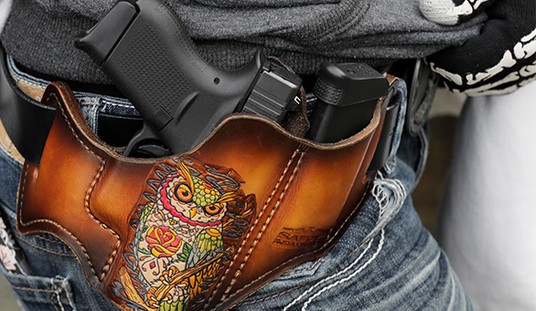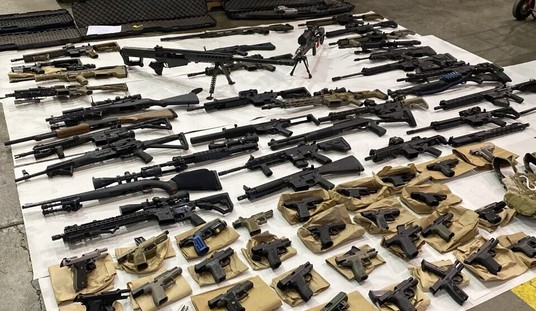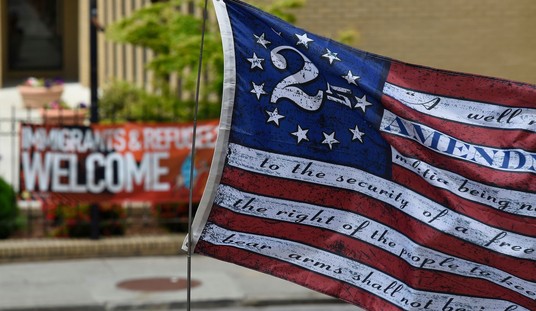Place: Hill 37, 12 Miles southwest of Da Nang, South Vietnam
Time: April, 1970
We got our activities down to somewhat of a routine. L/Cpl. Bloom and myself had been doing our thing of training troops to call for artillery, firing support missions for the patrols and ambushes and helping the FDC plan H&I’s each evening based upon what “Intel” we had. We had gotten into a routine where our training, with India Company appeared to be paying off. The NCO’s that took the patrols and ambushes out had a much higher comfort level as to what they needed to do when they were away from the hill and they needed “arty” called in. They realized the importance of knowing exactly where they were on a map at all times; which direction was which in reference to that position by identifying reference points; and most importantly being sure they could identify terrain features after dark. Everything changes at night. These Marines really appreciated the training and they put it to good use dealing with “Charlie”.
One day, word came down that L/Cpl Bloom and I were going to be transferred from E/2/11 to D/2/11. This was done primarily because D/2/11, was a 105 battery on Hill 65, which was much closer to Hill 37 and could give us greater flexibility in support. There was no real change in our lives except we would be dealing with different personnel. It did require us to modify some of our training because now the routine fire support would be coming from a new and different direction and that meant the Marines in the field would have to adjust their thinking accordingly. No big deal, they handled it easily.
Hill 37 continued to get its sporadic mortar attacks and we continued to try and zero in on where the fire was coming from every time we could. I explained to Captain Whelan how I could take a “crater analysis” where it could be determined the type of mortar it was and the gun target line which could possibly help us locate the firing position and then get the bad guys.
Allow me to explain what a crater analysis is. When an incoming mortar explodes, it will make a “crater” in the ground. It will create a fan shaped impression where the fuse will be buried at the point of the fan. You can dig out the fuse, determine what kind of mortar it was (Charlie normally used a 61 and 82 millimeter mortars; we used 60 and 81’s. They could fire our rounds, but we could not fire theirs, hummm). You next split the fan shape in half and take an azimuth from the fuse hole to the middle of the fan shape, calculate a back azimuth, and you will know the direction to round came from. You know the “max” range based on whatever the size mortar it is. You now know what direction it came from and the max range so all you have to do is draw a line on your map and somewhere along that line, the mortar firing point was. Normally, there would be an obvious terrain feature to help you make a call as to the probability of that firing point. Charlie would move out fast, so you had to react fast. We normally did not catch them in the act of firing, but we had useful “Intel” and we could plan an H&I mission on that gun target line.
Well, the “Skipper” was impressed with the sound of that process. One evening, we were having incoming mortars and he told me to do that “crater analysis” thing that I told him about. I commented that I would do it immediately after we were sure the incoming mortars had ceased. He quickly yelled, “Do it now Lt. Vinyard!” WOW! How I hated that order. Talk about the “pucker factor”! I quickly began to question as to whether it was a wise decision to have told the Skipper about that process as I was heading out to try and locate that crater! Oh well, this is why I was getting paid the big bucks.
One thing that every Marine soon learned in Nam was that Charlie was good with “booby traps”. There were the conventional ones that were made for a specific thing like road mines that were buried. Then there were the ones that they created themselves which were very effective. These were like the ones that were tripped with a wire and an explosion occurred, or ones like “punji stakes” which were sharpened bamboo or wooden stakes put in a pit that was covered over with concealment in hopes a Marine would step on it and fall into it. Charlie would normally put some kind of stuff on the stakes, like feces or urine, which was meant to cause and infection at a minimum.
There were a couple booby traps that I really feared and those are the ones that look innocent until you do something with them. For example, Charlie would take the cotton out of a “zippo” lighter and replace it with some kind of explosive like “C-4”. They would then take the lighter and just throw it on the ground where they thought a Marine might walk by at some time. They expected that the Marine would pick it up, pop open the cover, and strike it to see if it would light. Chances were, it would explode and possibly to some serious harm to the person that tried it out.
The other type was where they messed with fuses in some manner. We were warned to be sure that we knew where our hand grenades came from. Charlie was believed to have had the ability to remove the fuse in some manner and the grenade would go off as soon as the striker hit what was thought to be the fuse and it would go off immediately. I was already convinced that hand grenades were too heavy to start with so I did not carry them. Besides, if it got to where I needed to throw a grenade, we had bigger problems.
One night we had out typical mortar attack where a few mortars landed and then it was all over about as fast as it started. The next morning, a young Marine walked into the COC holding an unexploded enemy mortar in his hand. He said something like, “look what I found,” in a manner that he thought he had a really neat souvenir. Everyone looked at him with the “deer in the headlights stare.” I do not remember who said what, but the message was clear. He was told to stand still and not to make any sudden moves! He was then told to very slowly turn around and walk out of the COC. He was then directed to slowly walk to the nearest burm and very gently lay the mortar down on its’ side. He was then to walk away and not to stop walking.
It was our intent to blow it in place after all the necessary precautions could be taken. The round went off on its own a little while it was put down. I do not know to this day whether it was a delay fuse in that mortar that caused it to go off or some other reason. Either way, it continued to point out to me that Vietnam was a very dangerous place to be.








Join the conversation as a VIP Member